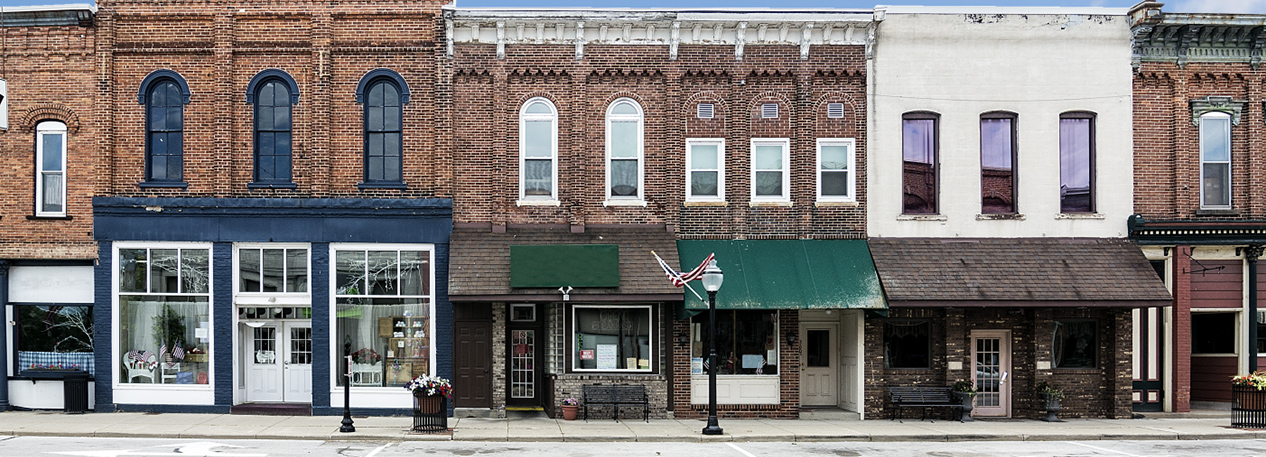It’s common for neighborhoods, cities, and regions to experience changes in fortune over time. Yet, many places exhibit intriguing persistence in their relative economic development. From ancient Japan to Roman and medieval Europe to the pre-Columbian Americas, age-old development patterns are strongly correlated with present-day geographic distributions of population and income. Such extreme spatial persistence may be relevant for urban policy today. Why haven’t these urban patterns changed over decades, centuries, or even millennia? Is such persistence desirable? And what does persistence imply about the prospects for “place-making” policies aimed at generating development in or attracting it to particular locations?
Remarkable long-run persistence in the relative sizes and incomes of regions appears to be common. For example, in Latin America, the distribution of population before European exploration and conquest began in 1492 is strongly correlated with present-day distributions of population and income.1 Similarly, the spatial distribution of economic activity in Europe today is strongly correlated with the location of trading routes and commercial centers in the 14th and 15th centuries.2 As I will discuss, other studies have found similar persistence over centuries or even millennia in the U.S., Britain, Japan, and Africa.
By investigating such examples of persistence, economists have begun to understand and disentangle the various reasons why certain development patterns persist. And by comparing these examples with instances in which historical patterns didn’t hold, we are beginning to understand the implications of spatial persistence, including whether it tends to be beneficial. Examining the factors behind persistence also allows us to better understand where place-making — also called place-based — policies are more likely to succeed in creating lasting improvements in the prosperity of neighborhoods, cities, and regions. In this article, I explain how economists think about these factors, describe some real-world evidence, and discuss the implications for today’s urban policy.
This article appeared in the Second Quarter 2015 edition of Business Review. Download and read the full issue.
[1]See William Maloney and Felipe Valencia Caicedo.
[2]See Fabian Wahl. Persistence in comparative development across subnational regions parallels that among countries over thousands of years. See Jared Diamond; Ola Olsson and Douglas Hibbs; Diego Comin, William Easterly, and Erick Gong; and Enrico Spolaore and Romain Wacziarg.
View the Full Article
